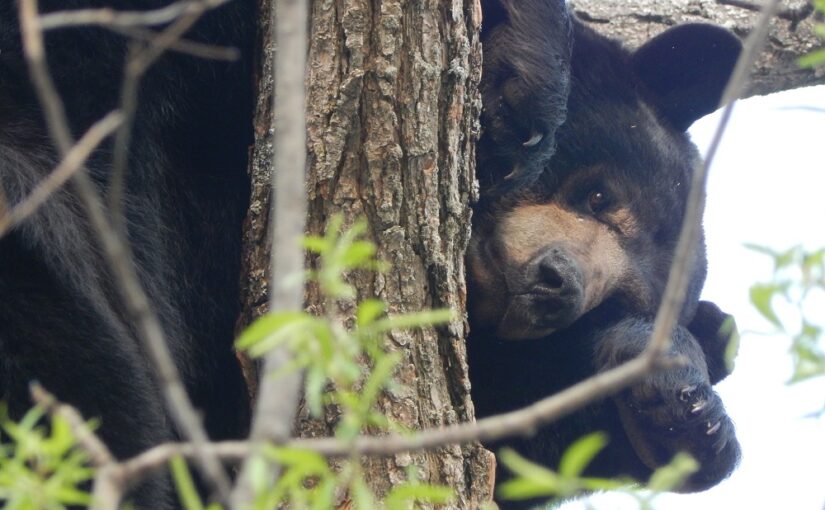Planning a visit and wondering whether you’ll see a Black Bear? Tune in to our monthly Black Bear feature where our ecologists let you know common bear behaviour for the month or season.
Spring is upon us, and Ontario’s Black Bears are ready for another season of eating to gain fat for winter hibernation.
While young bear cubs are sticking close to their moms, yearling bears (bears that are about a year and a half) may be leaving and striking out on their own for the first time in search of food. (Your actions really make a difference for young Black Bears this month!)
Here’s what our bears are up to this month:
Bears are looking for food
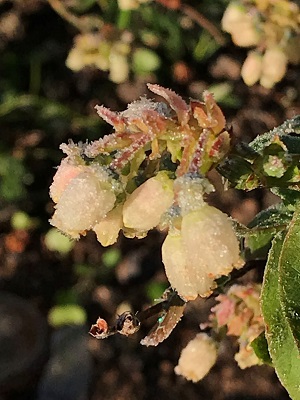
After emerging from hibernation in March/April, bears are still making up for the weight they lost over the winter this month.
Spring conditions make a big difference to how hungry bears will be later in the year.
For instance, when flowers like Cherry Blossoms and Blueberry Blossoms have just emerged, they are at risk from heavy frosts.
If a heavy frost kills the berry blossoms, no berries will develop. Berries are a huge component of a black bears diet. If there are no berries, Black Bears will have to find other sources of food to gain fat for the winter.
Yearlings on the move (and following their noses toward new sources of food)
Black Bear cubs stay with their mother for about 1.5 years.
May is when these 1.5-year-old bears are told by their mothers that it’s time to find their own way in life.
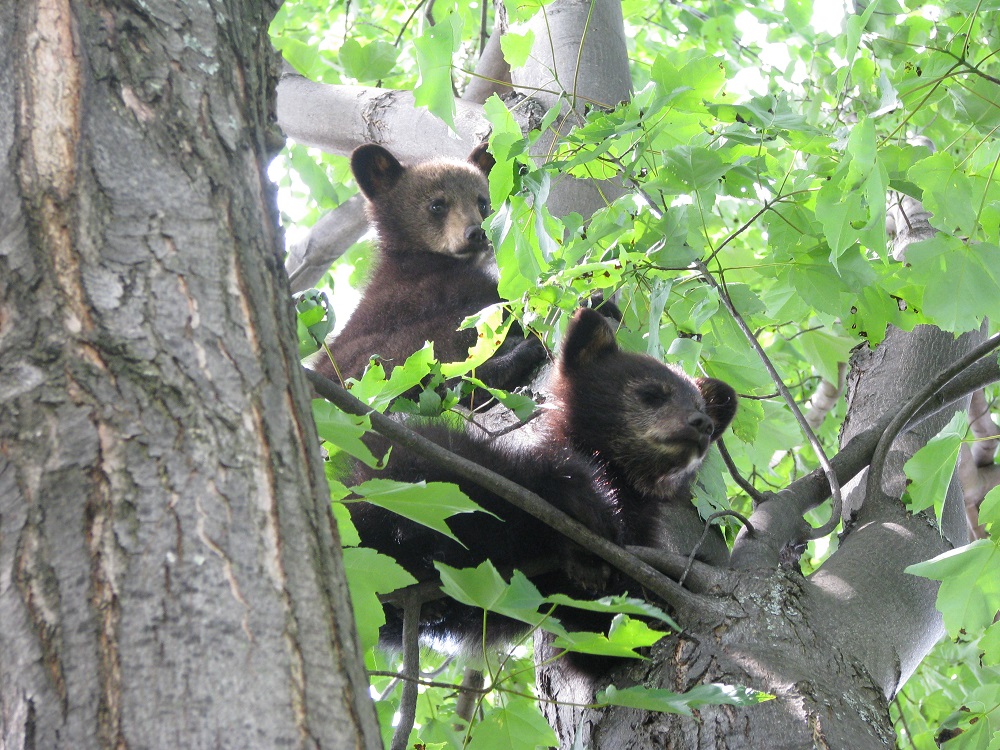
These young Black Bears need to set out and find a home of their own. They can travel hundreds of kilometres and can take years to find available habitat.
During this time, these bears are vulnerable to becoming involved in conflict with humans. They do not have access to areas of known, reliable natural food sources that older more experienced Black Bears do.
What does this mean for humans?
It’s a critical time to be responsible for how you store your food and other wildlife attractants.
Bears follow the smell of food, and have an extremely keen sense of smell. Their sense of smell is many times better than a dog.
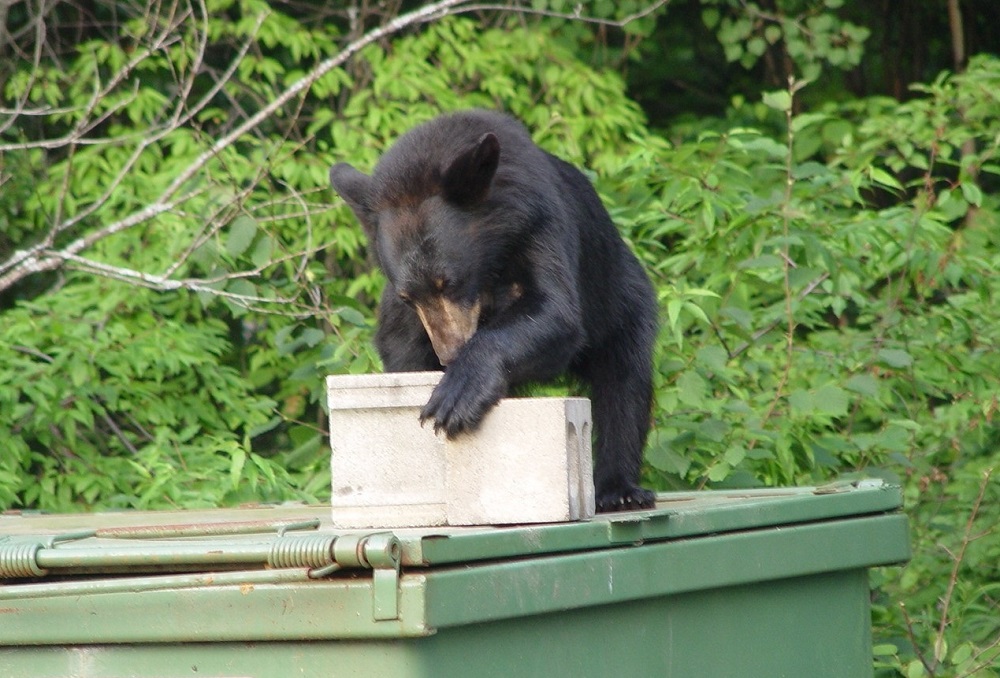
If this leads them into a campground, backyard, or other area used by humans and they get food, they have learned a dangerous lesson. They have learned that they can easily get food from humans.
Spending time around humans puts the bear’s life at risk.
Whether in a provincial park, at home, or at the cottage, it is our responsibility not to interfere in the lives of wild animals.
How to keep yourself (and our amazing bears!) safe in May
Every month is a good month to be Bear Wise, but with young bears actively seeking new food sources, our actions can make a major difference in May.
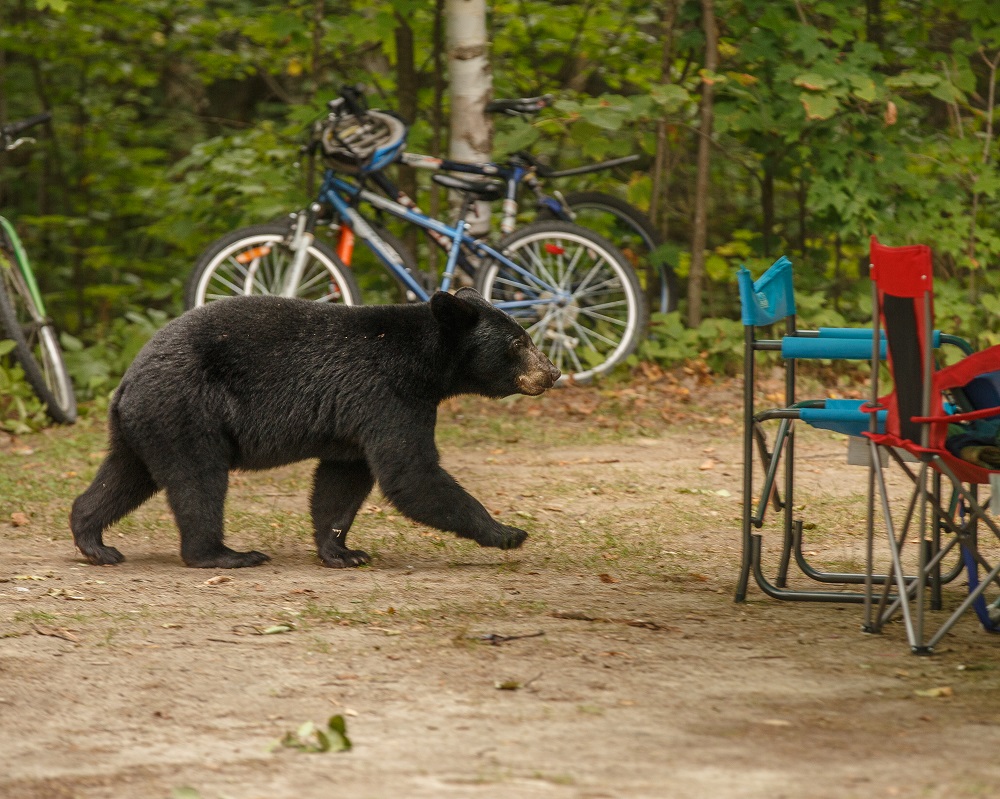
Whether you’re camping or visiting for the day, it’s critical that you store wildlife attractants (food, soap, anything with a smell) responsibly (in the trunk of a locked vehicle, in a bear-proof container, etc.). Read more about a bear-proof campsite here.
Otherwise, you risk drawing a hungry young bear to your campsite. This never ends well for the bear, and is a risk for humans too.
Visiting us in May? Give our young Black Bears the best chance in life
Don’t leave anything out that they might come and investigate.
Ontario Parks welcome millions of visitors every year.
Very few Ontario Parks visitors will ever get the chance to see a Black Bear, but all visitors have the chance to help save one!
